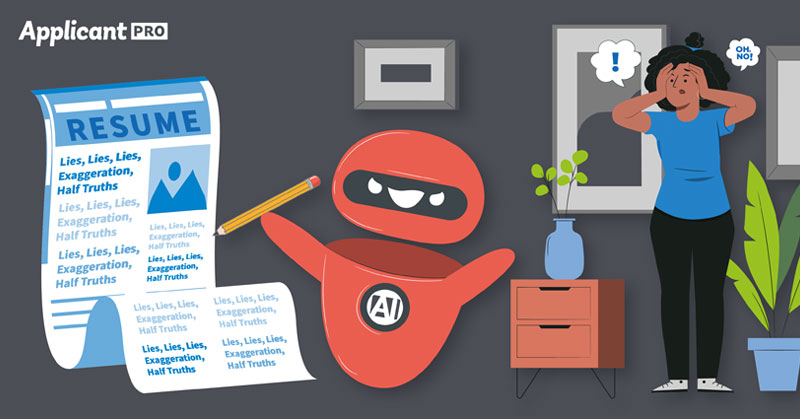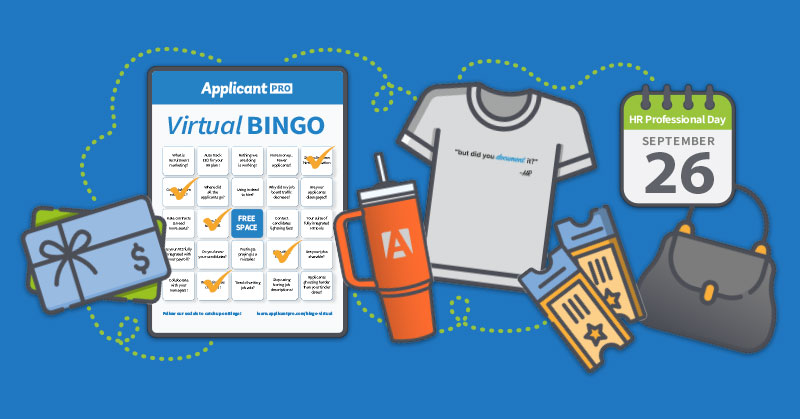

How to Write Legal Job Descriptions
Because there are different requirements and regulations associated with writing a legal job description, we thought it would be helpful to explore this topic a little further for HR professionals wanting to be safe and in compliance.
Job Descriptions – The Legal Side Explained
written by Steven J Smith, PHR, Sales Director for ApplicantPro
Federal law does not require employers to have job descriptions, though there a few cases where there is an exception to this general rule. Jobs in which employees handle or dispose of hazardous waste such as oil, antifreeze, transmission fluid, auto parts cleaner, paint thinner and similar materials are some of the exceptions to this rule. The governing regulation (40 CFR 264.16) does not specify an exact format or outline how descriptive job descriptions must be, but it does outline what must, at a minimum, be in them.
Another area of law to consider is that of the Americans With Disabilities Act (ADA and the ADAAA). This act also DOES NOT require employers to have job descriptions. However, employers choosing to have job descriptions will find that the ADA has a significant impact on format and content. Because the employment provisions of the ADA focus on essential functions, the employer must ensure that all essential functions are covered in the job description. The keyword here is “essential” which I will cover in more detail below.
Write Better Job Ads Today!
Download our "Guide to Writing a Killer Job Ad" that will walk you step-by-step through the process of writing job ads that get dramatic results.
A single job task may be “essential”. If so, it should ALWAYS be covered in the job description. If the essential task exists in the job by itself, apart from a “larger” essential duty (or function) that is described, then it must be expressed in writing. You cannot imply it or assume that the essential task exists as a part of the role.
By the same token, if the task itself is an integral part of a duty (or function) that is expressed, then it may be implied since it is essentially expressed in the task itself.
The only other requirement of the ADA to consider is that essential functions be distinguished from non-essential ones (if the employer chooses to describe non-essential functions in their job description details).
Other Duties as Assigned
While this may sound like an easy way to cover everything else, keep in mind that if the task meets the “essential” definition, the wording “other duties as assigned” is not a suitable way to cover essential functions.
So how do you determine if a task is essential?
One of the easiest ways to determine this is to think about the duration (the most common method), the frequency, and the intensity of the workload. If a particular task occurs often, lasts for a good part of the day for that worker, it would be considered essential.
Also keep in mind that the ADA requires that descriptions list the functions as they are to be done, not the “customary way” or sometimes even how they are done currently (just in case the way it is currently done is not the correct way). You also need to use language that is not considered judgmental, or prejudiced. So you will want to think about the language in which you choose to word the job description.
Job Analysis – The Key to Writing a Job Description
Reason for Having Job Descriptions
It is very important that if you are going to have job descriptions, that they actually reflect the duties, responsibilities, and qualifications for the role. There are many reasons why job descriptions are used.
Here are a few reasons you may want to consider:
- For recruiting purposes in ads and job postings
- To establish goals and objectives to which employees can be accountable.
- Establish appropriate job titles
- Establish pay ranges, pay scales, reasons for raises, etc.
- Provide an opportunity for an employee to “move up” by creating an actual plan or path to their career within your organization
- Creating reasonable accommodations to comply with the ADA
- Compliance – for those roles where compliance is necessary
- Training purposes
- Provide ways to find suggestions or recommendations for making the position better or to enrich the employee experience
If the task meets the “essential” definition, the wording “other duties as assigned” is not a suitable way to cover essential functions
Annual Review
Another critical piece to this is a review of job descriptions. At previous companies I would annually review some roles and others would be reviewed every few years. Sometimes this was prompted because there was a management change, or department change. Sometimes this was due to new company objectives or goals that were set in motion. I also experienced a season of lay offs and some roles were combined, which forced another review. There are a variety of reasons why a review may occur, but I would recommend at least taking a look once per year and then determine which roles may actually need a more thorough review and make those adjustments accordingly.
The Job Analysis
There was one company I worked for that had no job descriptions in place at all. With over 50 positions to review it became a daunting task. To perform a good analysis, the goal is to gather as much information as possible, but will require an examination of the role and sometimes even interpreting what is given to you. The key here is to remember you are evaluating the job itself, not the individual, or the way the manager thinks it should be done. Just take an unbiased approach and you should do fine.
Here are some bullet points and suggestions of ways to go about this process:
- Track the duties and duration of tasks for the role
- Interview employees, managers, and others who interact with that employee
- Compare jobs in the same department
- You can use forms to have employees fill out to help you in this process
- Have employees log their tasks for a week to see how much time is spent on specific tasks
- Observe employees as they work, taking note of KSAs (knowledge, skills and abilities).
- If possible, you could interview clients that interact with the employee or managers
- Best and Worst – basically this consists of reviewing what “best employees” do compared to what “worst employees” do

Want to learn how to write better job ads?
Download our "Guide to Writing a Killer Job Ad" now! This guide will walk you step-by-step through the process of writing job ads that get dramatic results.
Share this article
Related Articles

Building Your Employer Brand: Why it Matters and How to Do it Right
Build a strong employer brand to attract top talent, reduce turnover, and boost morale. Learn actionable steps to create an authentic, compelling company reputation.

Is AI Making Hiring Impossible?
Have you noticed the growing trend of job seekers using AI to create resumes, cover letters, and complete assessments? Learn strategies for spotting AI-generated applications, and how employers can adapt their recruitment processes to ensure they hire qualified candidates.

Join Us For Our 1st Annual Virtual Bingo Event!
ApplicantPro wants to celebrate Human Resource Professional day with our first ever virtual bingo! Check out this blog for information on how to play, when to play, and what you can win!